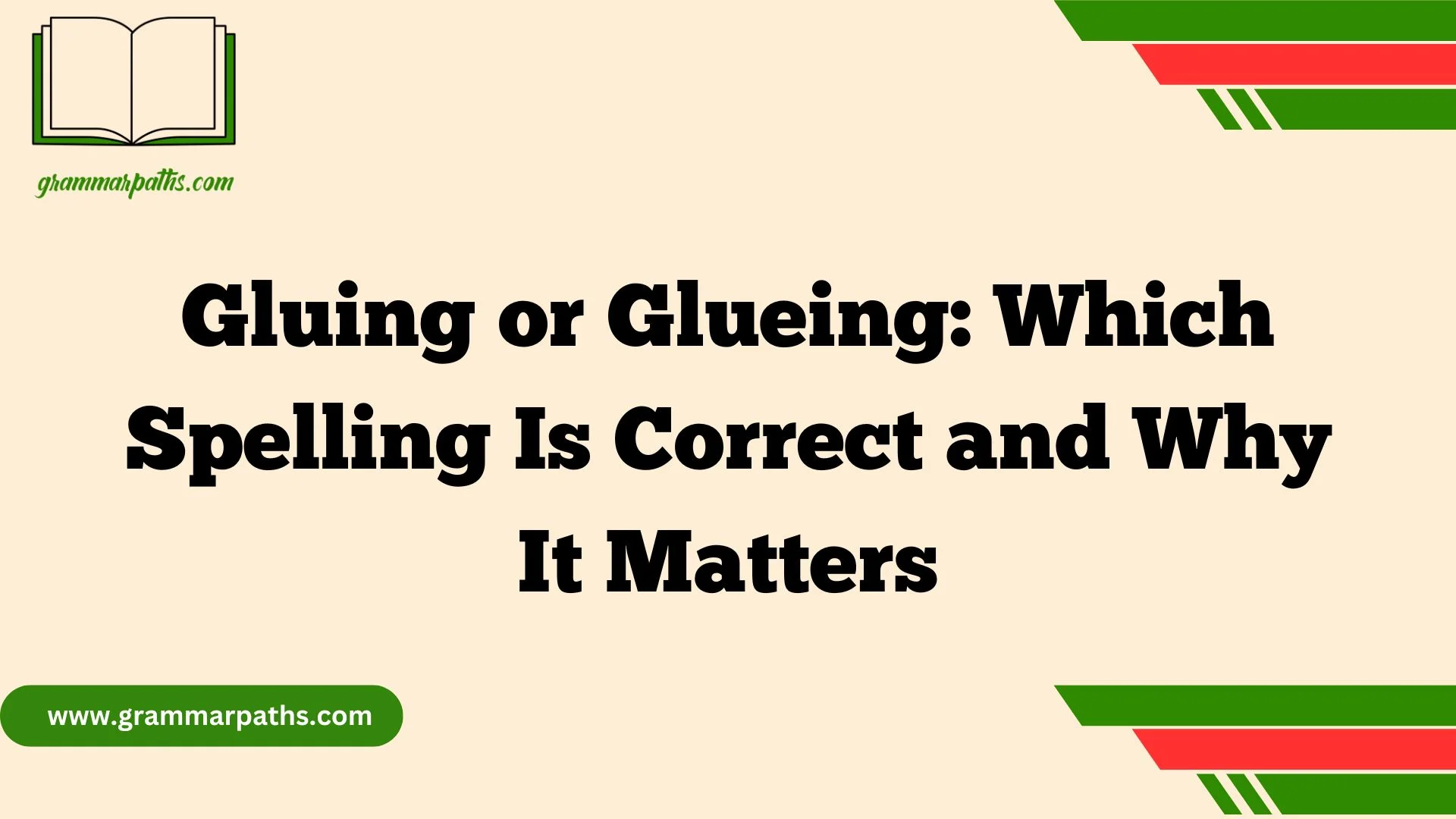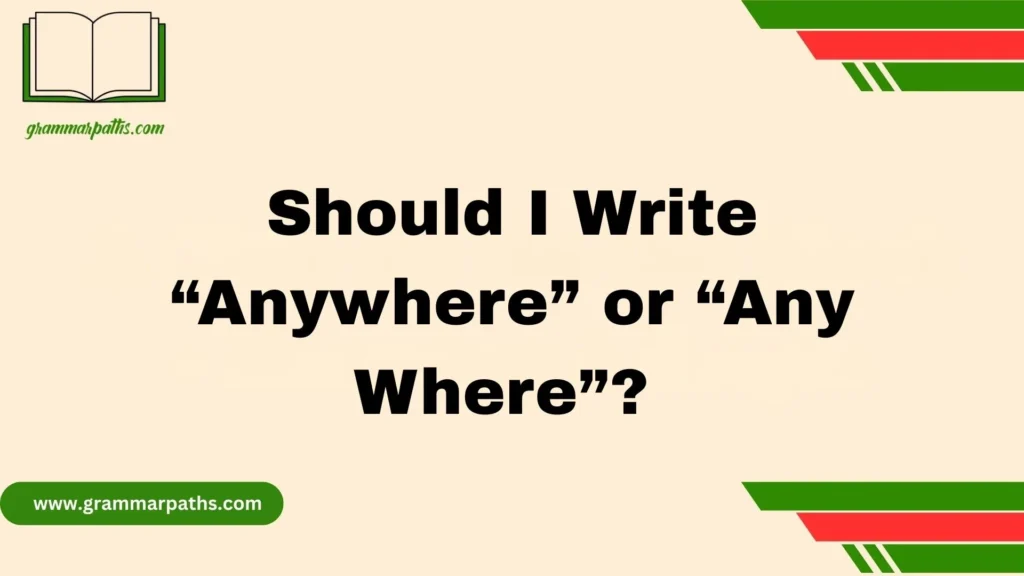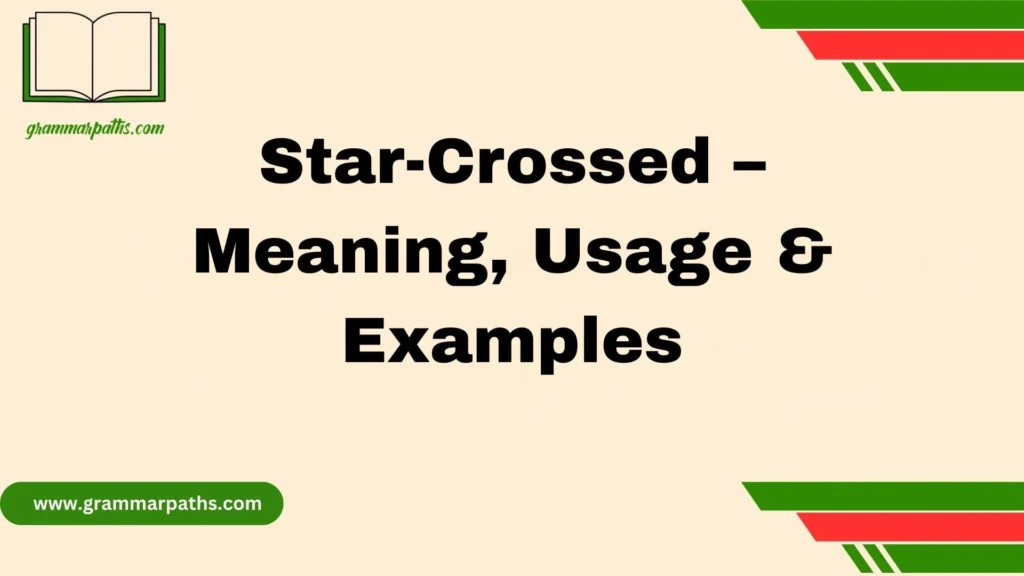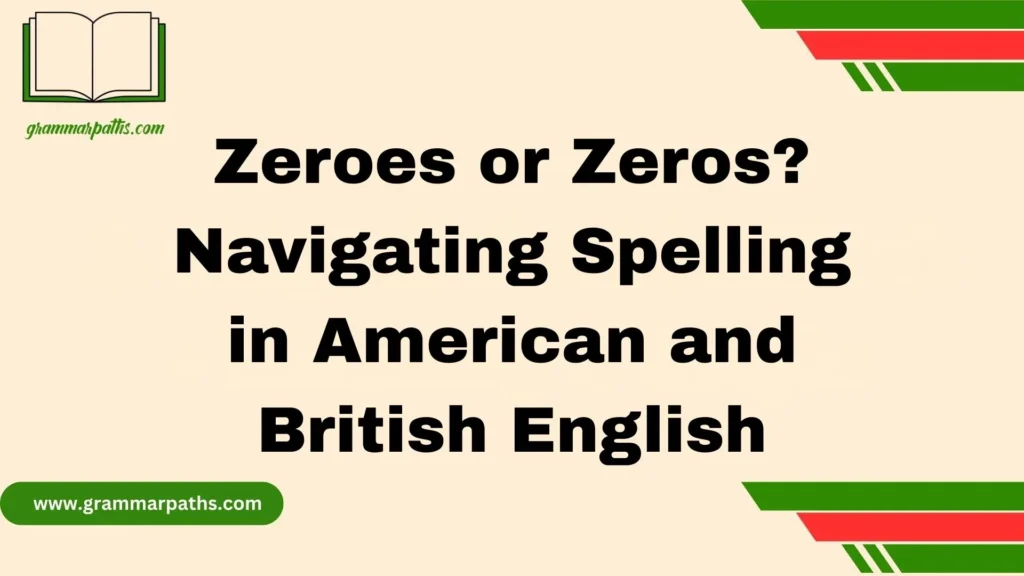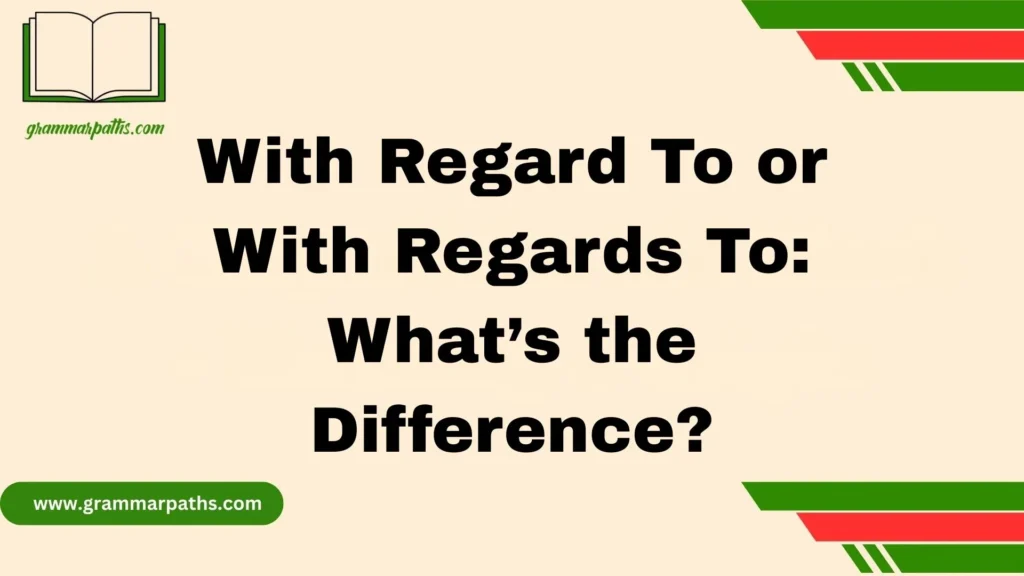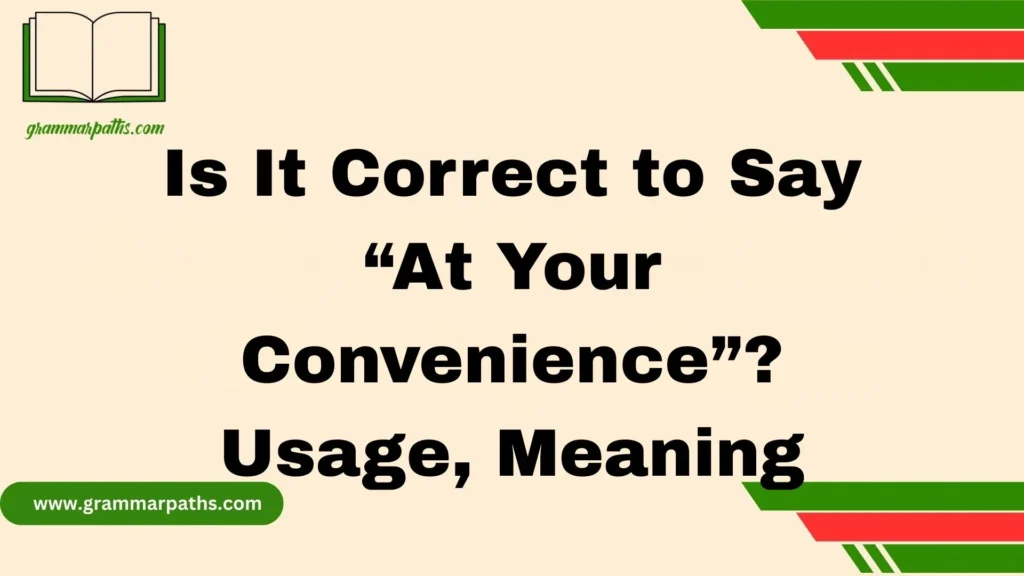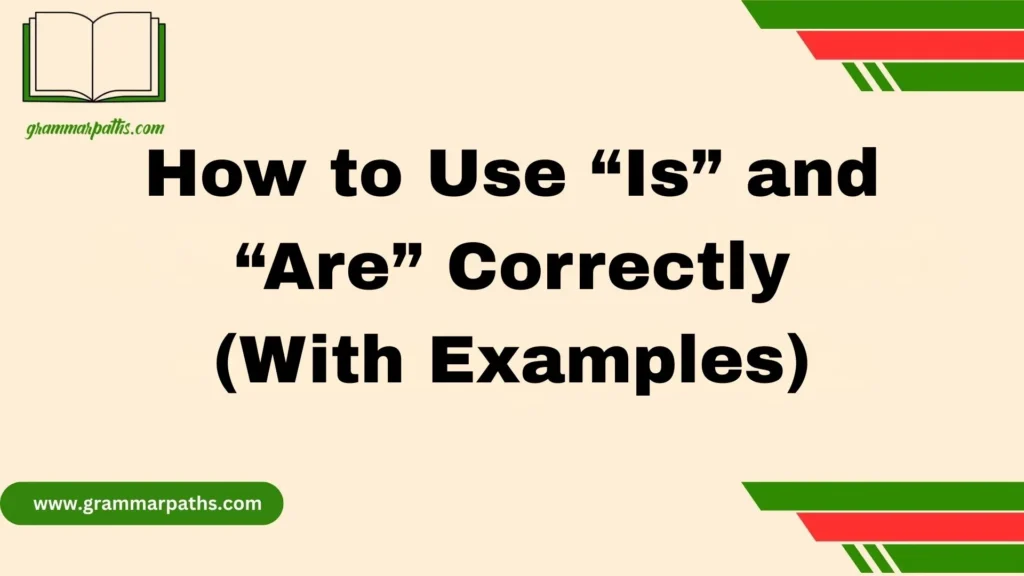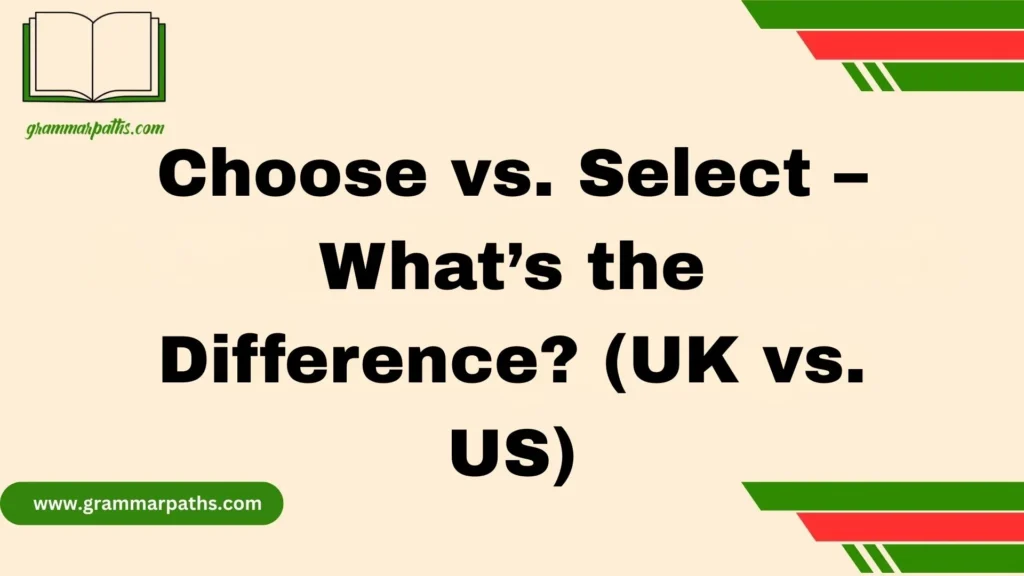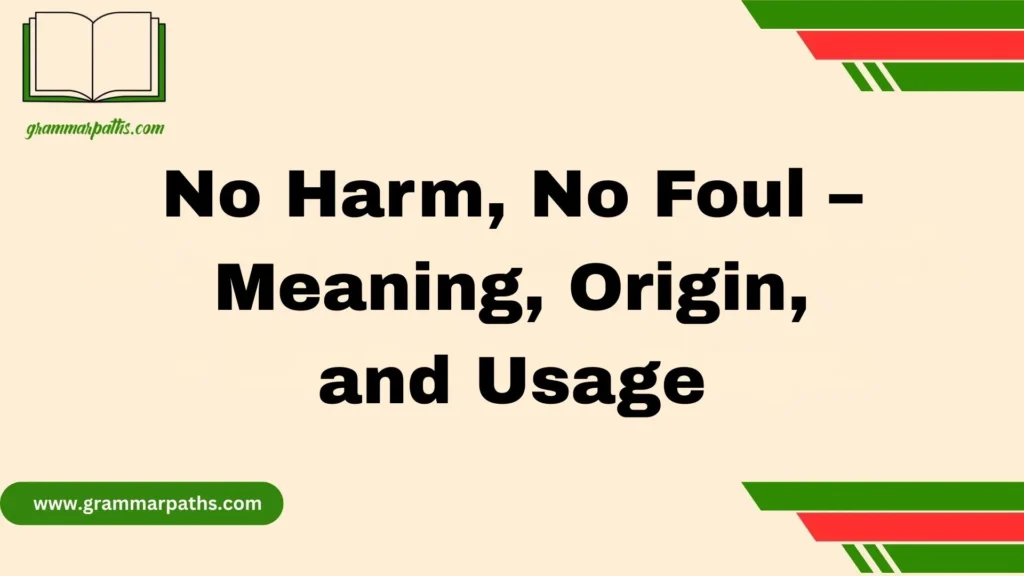When it comes to spelling in English, the battle between “gluing” and “glueing” sparks confusion for learners and native speakers alike. Many wonder, “Which is correct—gluing or glueing?” The answer depends on the rules of English grammar, verb spelling changes, and regional usage. In American English, the standard and widely accepted spelling is “gluing,” where the final “e” is dropped before adding “-ing.” However, in British English, some dictionaries recognize “glueing” as a variant, although “gluing” is still more commonly used.
This spelling difference falls into the same category as other US vs UK language variations, such as “color” vs “colour” or “traveling” vs “travelling.” Whether you’re writing a school essay, crafting a blog, or editing a report, knowing which form is grammatically correct for your audience matters.
The question “Is glueing a word?” often leads people down the path of etymology and lexical variation in English. According to grammar rules, when a verb ends in a silent “e” like “glue,” you generally drop the “e” before adding “-ing,” forming “gluing.” This is consistent with verbs like “write → writing” or “make → making.” That’s why many writing tools and spell checkers automatically flag “glueing” as incorrect, especially in American usage.
But in British English, some linguists argue that keeping the “e” helps preserve clarity and pronunciation, making “glueing” an understandable variant, though still less popular. For students, writers, and language learners, it’s important to understand not just what is technically correct, but how language evolves and varies by region. This topic reflects deeper themes in English orthography, grammar correctness, and the globalization of spelling standards.
The Real Answer — Which Is Correct: Gluing or Glueing?
The simple answer: Gluing is the correct spelling.
Major dictionaries such as Merriam-Webster, Oxford English Dictionary, and Cambridge Dictionary all list gluing as the standard form. The spelling glueing is considered a common misspelling or outdated variant.
The reason lies in a basic spelling rule: when adding “-ing” to verbs ending with a silent “e,” you usually drop the “e.” So “glue” becomes “gluing,” not “glueing.” This rule applies across many verbs in English.
Quick Grammar Tip
When a verb ends with a silent -e, remove the -e before adding -ing (e.g., make → making, bake → baking, glue → gluing).
Why the Spelling Confusion Happens in the First Place
English spelling rules can feel like a sticky trap. The main culprit here is the silent e at the end of “glue.” Some writers mistakenly think it should stay before adding “-ing” to keep the sound, which leads to the misspelling glueing.
Here’s the breakdown:
| Verb Base | Correct Present Participle | Why? |
| bake | baking | Drop silent e |
| love | loving | Drop silent e |
| glue | gluing | Drop silent e |
| argue | arguing | Drop silent e |
Some exceptions occur when verbs end with -ee or -ye (e.g., agree → agreeing), but glue isn’t one of those. It only has one silent e, so you drop it before adding -ing.
The confusion persists because the root word “glue” is spelled with -ue, which may trick writers into keeping the e. But spelling isn’t always phonetic—it follows specific rules.
Gluing vs Glueing: Is One More British or American?
Spelling differences between American and British English often confuse many, so it’s natural to wonder if glueing might be the British version.
In this case, both American and British English agree on gluing as the standard spelling.
- British English: Gluing
- American English: Gluing
Style guides from both sides—like the Oxford English Dictionary and the Chicago Manual of Style—recommend gluing.
While British English often keeps certain spellings (like colour vs. color), gluing remains consistent everywhere.
So, if you see glueing used anywhere, it’s most likely an error or an outdated form, not a regional spelling.
Historical Usage and Etymology of ‘Gluing’
The word glue has roots tracing back to Old French glu, and ultimately from Latin glū, meaning “sticky substance.” As the English language evolved, the verb “to glue” emerged by adding the infinitive -e form, matching other verbs.
Historically, there was some inconsistency in spelling participles like gluing or glueing, especially before English spelling rules became standardized in the 18th and 19th centuries. Early literature and manuscripts sometimes show both forms, but over time, gluing gained dominance.
A quick look at historical archives, such as Google Books’ Ngram Viewer, reveals gluing overtaking glueing steadily since the early 1800s. Today, gluing is overwhelmingly more common.
What Does ‘Gluing’ Actually Mean?
At its core, gluing is the present participle of the verb glue, which means:
- To stick things together by applying glue or an adhesive
- To join or bond tightly
The verb applies literally—like in crafts or woodworking—as well as figuratively. For example:
- She is gluing pieces of wood to build a shelf.
- The new policy is gluing the team together for a common goal.
Synonyms for gluing include sticking, bonding, attaching, and adhering. It’s a versatile verb that’s widely used across many contexts.
When and Where You’ll See ‘Gluing’ in Real Life
Gluing pops up in various industries and everyday situations:
- Arts and Crafts: From school projects to professional artistry, gluing is essential for assembling materials.
- Manufacturing: In industries like automotive and electronics, gluing replaces mechanical fasteners for lighter, stronger bonds.
- Tech Development: “Glue code” refers to software that connects different modules or systems, metaphorically gluing components together.
- DIY & Home Improvement: People often talk about gluing broken items or assembling furniture.
- Education: Teachers instruct students on gluing techniques for hands-on learning.
Examples of correct usage:
- “He is gluing the parts carefully to avoid gaps.”
- “The label is gluing to the bottle securely.”
- “Gluing the interface modules simplifies the software architecture.”
Why ‘Glueing’ Is Not Standard — and Could Hurt Your Writing
Using glueing can cause several issues:
- Professional credibility: Editors and readers may view it as a spelling error, undermining trust.
- Automated spellcheck: Most modern tools flag glueing as incorrect and suggest gluing instead.
- Clarity: Consistency helps readers focus on content rather than errors.
In published writing, such as academic papers, business documents, or official communications, maintaining correct spelling is crucial. It reflects attention to detail and respect for language.
Memory Tricks: How to Always Spell ‘Gluing’ Correctly
Remembering the correct spelling doesn’t have to be hard. Here are some quick tricks:
- Drop the “e” rule: Just like “make” becomes “making,” drop the silent e before adding -ing.
- Mnemonic: Think: “Gluing sticks together, but the e drops away to keep it neat.”
- Visual comparison table:
| Base Verb | Present Participle | Note |
| bake | baking | Drop silent e |
| move | moving | Drop silent e |
| glue | gluing | Drop silent e |
| dye | dyeing | Keep e (exception) |
| agree | agreeing | Keep e (exception) |
Most verbs follow the “drop the e” rule, except a few ending with -ee or -ye.
Common Misspellings and Similar Mistakes to Avoid
Besides glueing, here are other common misspellings to watch out for:
| Incorrect | Correct | Explanation |
| glueing | gluing | Drop silent e before -ing |
| argueing | arguing | Drop silent e |
| changeing | changing | Drop silent e |
| dyeing | dyeing | Keep e (exception) |
| agreeing | agreeing | Keep e (exception) |
Knowing these will help avoid common pitfalls in your writing.
Gluing It All Together: Final Thoughts
Spelling gluing correctly is simple once you know the rule. Drop the silent e before adding -ing and avoid the temptation to keep it. Both American and British English agree on gluing—there’s no need for glueing.
By mastering this small but important detail, you enhance your writing’s professionalism and clarity. Next time you craft a sentence, you’ll know exactly how to spell it right.
FAQ — Quick Answers About Gluing vs Glueing
How do you spell gluing in the UK?
In British English, both “gluing” and “glueing” are correct, but “gluing” is more commonly used today.
Is it gluing or glueing in the Oxford Dictionary?
The Oxford Dictionary lists “gluing” as the standard form, though “glueing” is accepted as a variant.
Is it gluing or glueing US?
In American English, “gluing” is the correct and preferred spelling; “glueing” is rarely used.
What is the verb of glueing?
The verb form is “to glue”, and “gluing” or “glueing” is its present participle or gerund.
How do British spell tongue?
The British spell it “tongue”, the same as in American English—there’s no difference.
Conclusion:
In the ongoing debate between “gluing” and “glueing,” the correct form largely depends on regional spelling conventions and grammar rules. In American English, “gluing” is the standard, correct spelling, following the common pattern of dropping the silent “e” before adding “-ing.” While “glueing” does appear in some British English contexts, it remains a rare and less accepted variant.
Understanding the difference between gluing and glueing is more than just a spelling issue—it’s about knowing how language evolves, varies across regions, and aligns with correct grammar usage. Whether you’re a writer, student, or language learner, being aware of these subtle distinctions enhances your communication clarity and ensures your writing meets professional and academic standards. So next time you’re gluing ideas together, remember: sometimes a missing “e” makes all the difference.

Grace Marie is the dedicated writer behind GrammarPaths.com, where she shares her passion for English grammar, idioms, and writing mastery. With a strong background in language studies and years of experience helping learners improve their communication skills, Grace creates clear, practical, and engaging content that makes English easy to understand.
